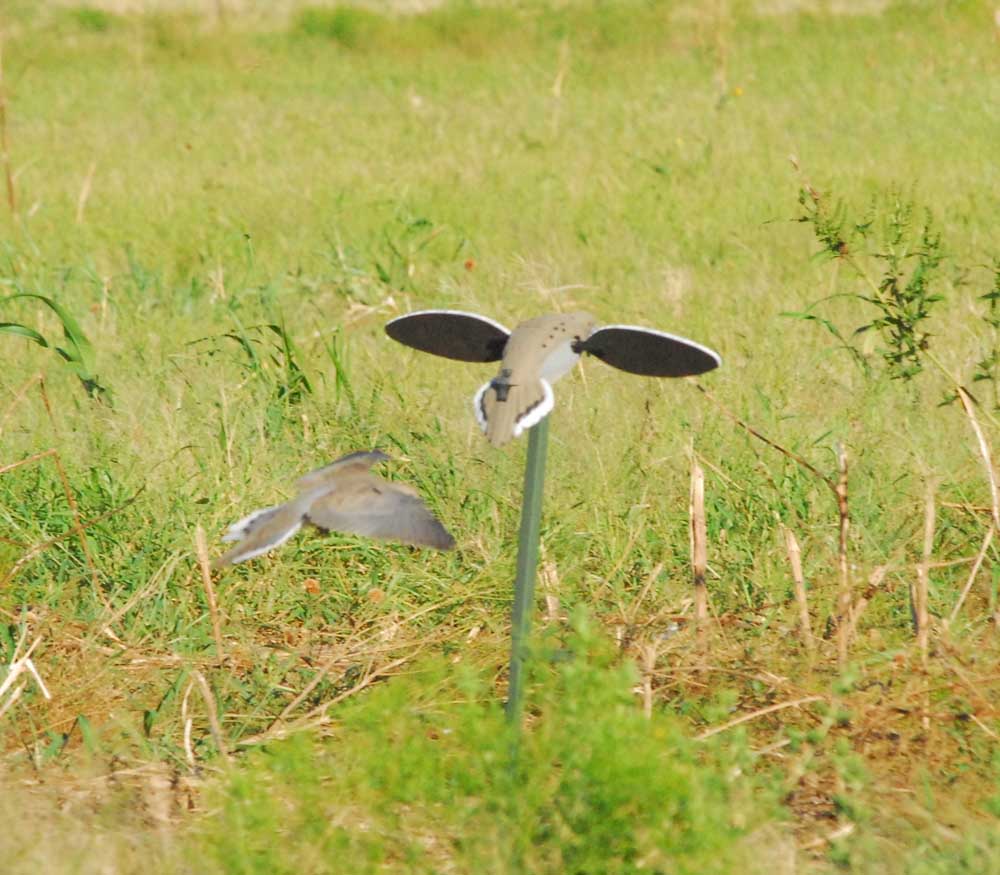Below Normal: Northern Texas Dove Hunters Have Seen Slower Seasons In Recent Years
Published 2:04 am Friday, August 25, 2023

- After several down seasons hunters in the north central portion of Texas are hoping for an early dove season rebound.
If you have dove hunted in the Abilene area the last couple of years you may have been wondering where all the birds went.
I have been hunting from Brownwood to Abilene for decades and while there have been down years nothing compares to the last two. It used to be that a slow hunt meant it might take 45 minutes or an hour to bag a limit. In a good year it could be 15 minutes if your shooting was on.
Trending
Last year I think I had two birds in two days. The year before it wasn’t many more.
It was two seasons ago that the bust reached through the entire central portion of the state, which would make you think it was just a down year. That year, 2021, the Texas Parks and Wildlife Department’s mourning dove count was an estimated 24 million, an increase from the previous count in 2019 (2020 was skipped because of Covid), but significantly below the 16-year long-term average of 27.5 million.
Last year the count dropped to a 16-year low of 19.8 million, well off the all-time high estimate of 37.5 million in 2016. Still, some areas popped back to provide at least decent hunts. Others were still off and hunting did not improve until migratory birds began to drift into Texas.
So, what is happening? Is it just a temporarily down period, or like quail in the same area, is something more long-term happening.
Unlike white-winged doves, which are about 85% urban residents, an estimated 70% of the mourning dove population can be found in rural locations. The bulk of the state’s mourning dove population can be found in three areas, the western Panhandle, Central Texas east and north of the Hill Country, and South Texas. Primarily farmland, the western Panhandle traditionally has held the most birds, with Central Texas, including the Abilene, Coleman, Brownwood area, second. However, banding recovery information shows a change in the harvest has been occurring in the northern half of the state.
“Based on band recovery data, hunting season success in the northern half of Texas seems to rely fairly heavily on doves migrating down from northern states starting in mid- to late-September. With the dove declines we’ve seen across the U.S., including the Central Flyway, we likely have less birds showing up in Texas from northern states than we did in the past,” said Owen Fitzsimmons, Texas Parks and Wildlife Department dove program leader.
Trending
Adding to that are dove production issues in the upper part of the state.
“Based on our spring surveys, mourning dove breeding abundance has been below average across most of the northern half of Texas since about 2018. Obviously, recruitment and survival were impacted somehow, but much like the rest of the U.S. it’s difficult to point to exactly which factors affected those vital rates across multiple years. It may be something as simple as drought and rainfall timing weren’t conducive to good recruitment for a few years in a row, or it may be a broader issue more along the lines of what we’re seeing large-scale with changes in land use and even changes in crop type that are impacting resource availability, or a combination of both those and several other things. There’s not really a single smoking gun to point to,” Fitzsimmons said.
Like with deer and upland species like quail and turkey, the biologist believes land use changes are playing a big role.
“I’ve been thinking about this a lot lately, given what we’re seeing nationally with doves and the jump in doves we’ve seen this year in Texas,” Fitzsimmons said. “Mourning doves across the U.S. have been declining slowly for a few decades, but more rapidly recently, and we think it likely stems from a number of factors related to increasing urbanization, habitat loss, habitat fragmentation, etc., basically a growing human population and the cumulative effects of everything that comes with that.”
Here is a test quail researcher Dr. Dale Rollins offers for those who look across a pasture and do not see any habitat change for upland birds. He suggests instead of standing up and looking across the field, lay down with your head on the ground and open only your eye that is above the ground. That is what a quail sees.
Although doves are much more mobile, able to fly miles daily for food or water, what we see as habitat and what they see is often different things.
“We’re changing the landscape rapidly, and many wildlife species are struggling to keep up,” Fitzsimmons said.
With production up significantly Fitzsimmons, along with hunters who will be heading west for the Sept. 1 opening, are hoping for a turnaround to early season hunting.
“The really good news is our survey results this year indicate major increases in both the Rolling Plains and Oaks & Prairies ecoregions, along with statewide, so hunters in that area should see an improvement this year in terms of bird numbers. Hopefully that positive trend continues in the coming years,” the biologist said.






